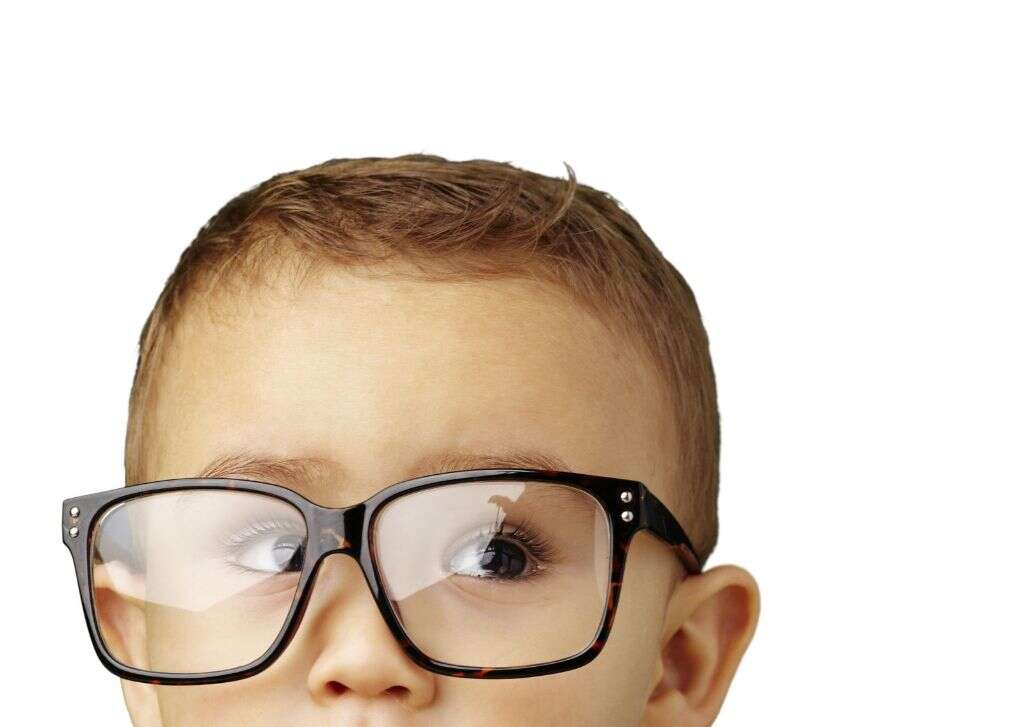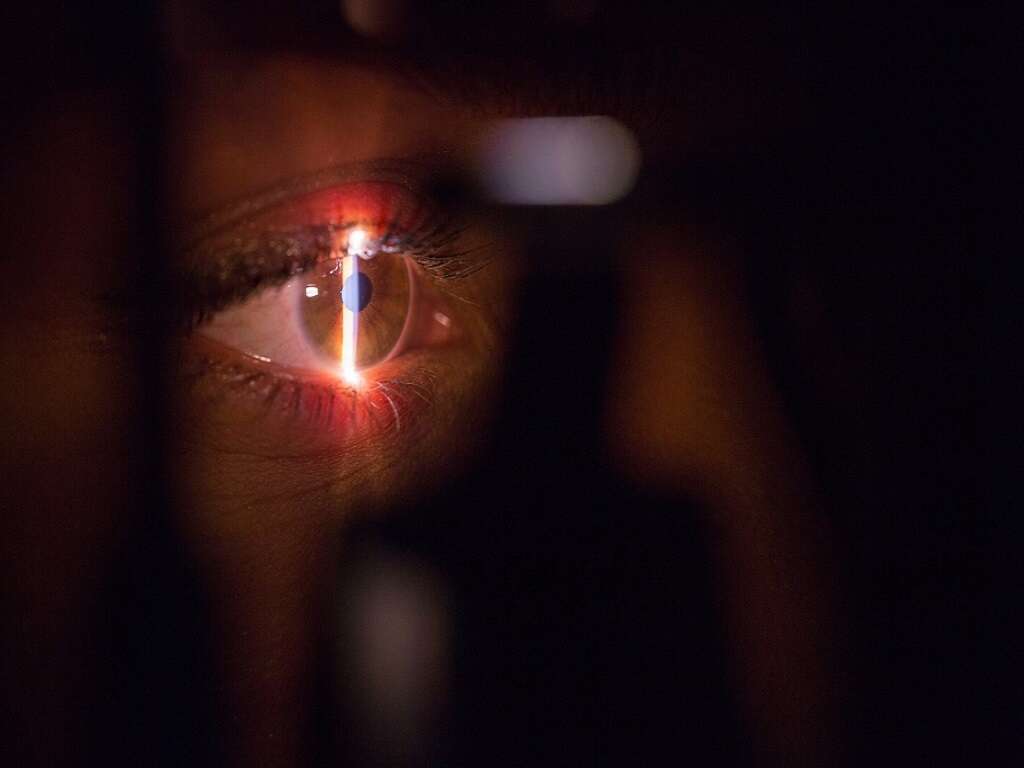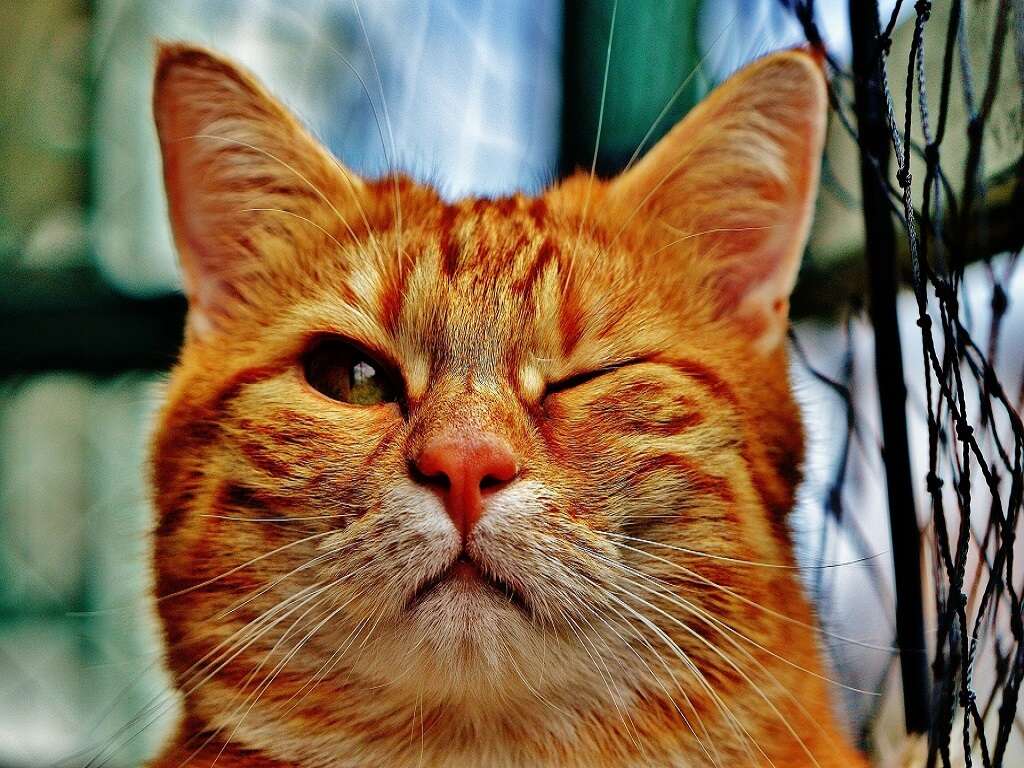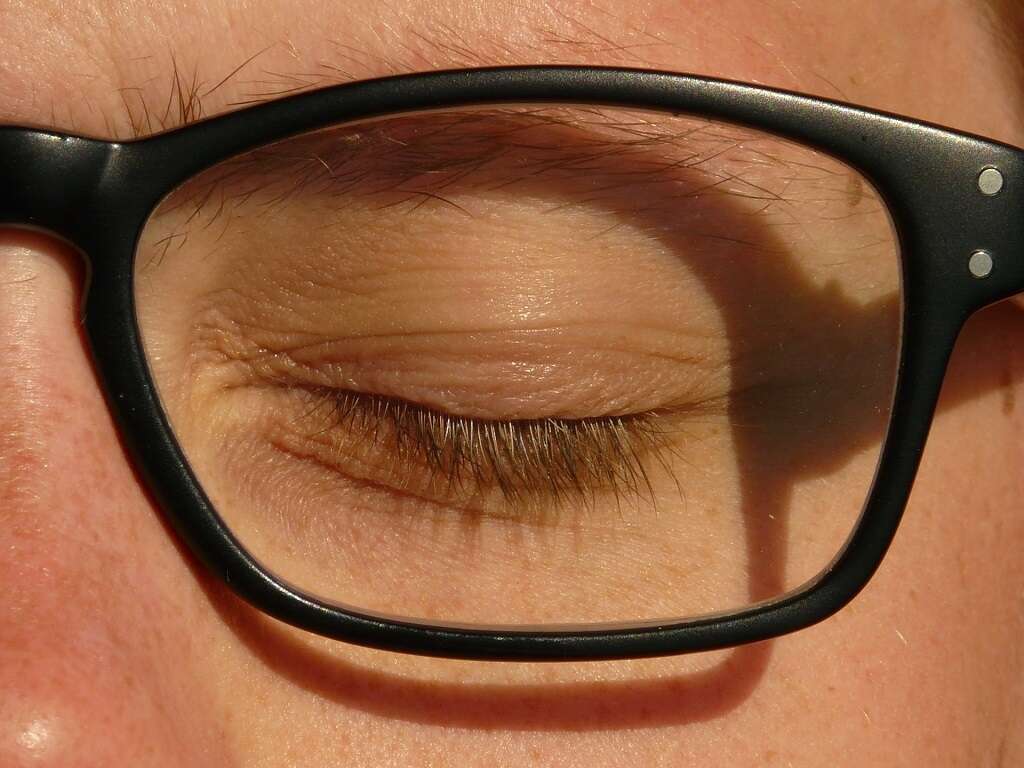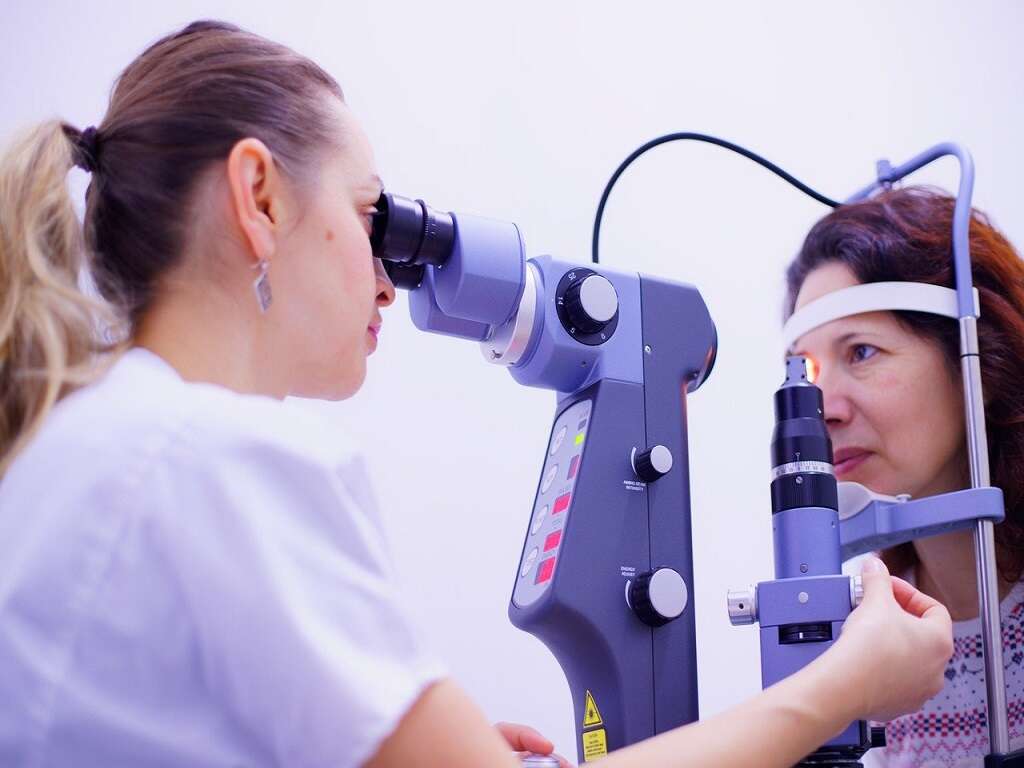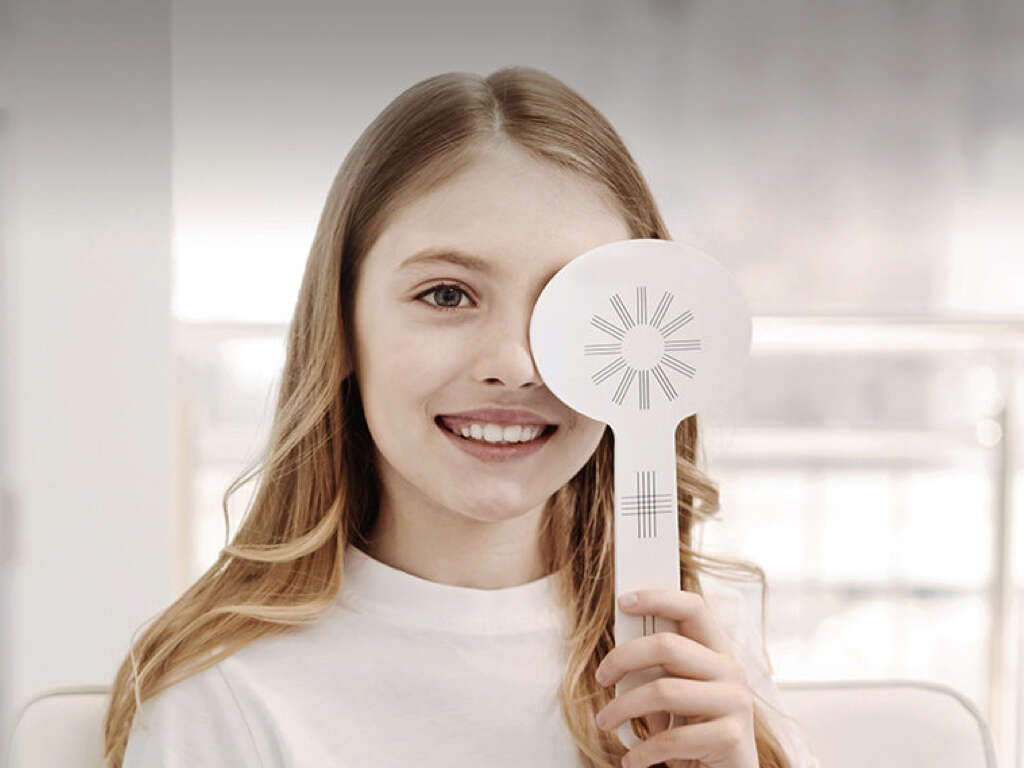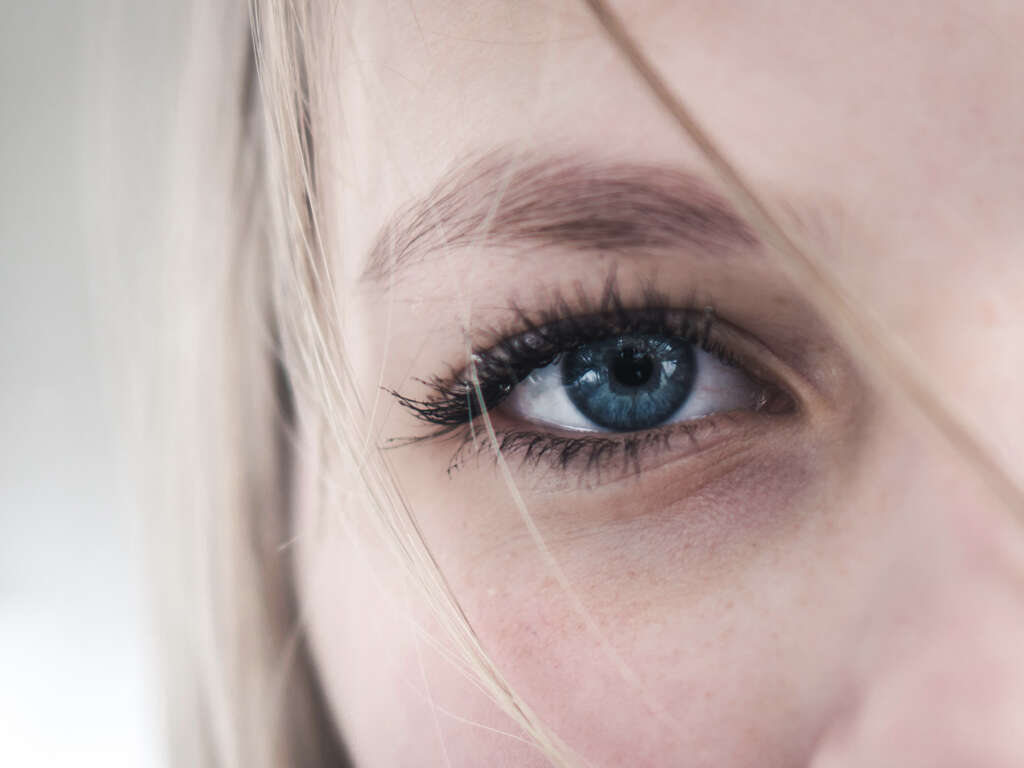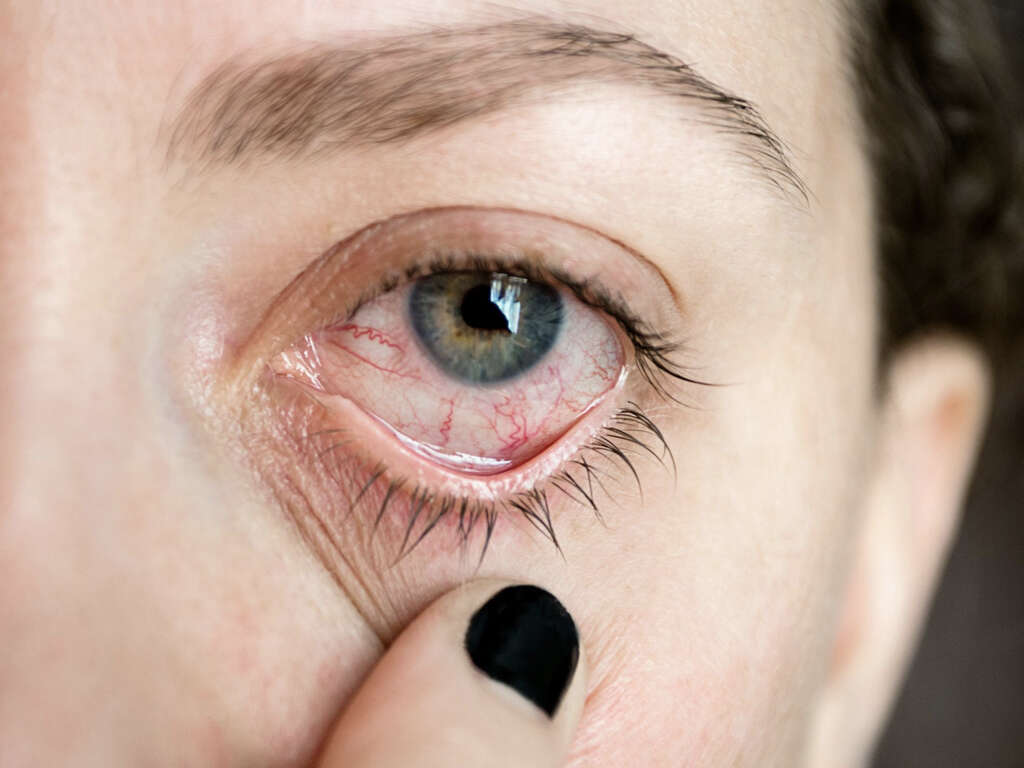What Causes Lazy Eye?
Lazy eye, also called amblyopia, is an early childhood vision condition that occurs due to eye developmental anomaly. As a result of this anomaly, the eye does not develop as it should. This affects visual acuity in a way that cannot be corrected with the use of eyeglasses or lenses.
Amblyopia is fairly common among children since it starts during infancy and early childhood. The condition normally affects one eye but may also occur in both eyes. If it is detected early, it is possible to stop further reduction of vision. However, if it is not detected early or it is ignored, lazy eye may lead to permanent loss of vision.
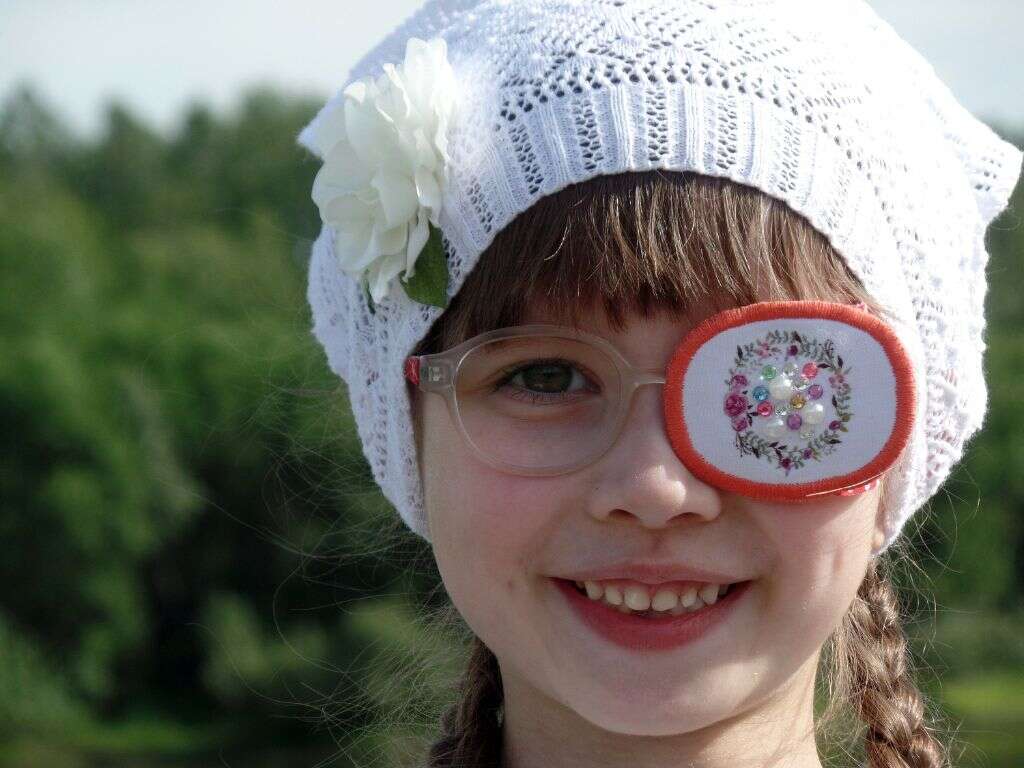
1. Symptoms of Lazy Eye
The symptoms are hard to spot since the condition mainly occurs during childhood and infancy. One of the most common causes of amblyopia is strabismus or eye misalignment, with the crossed eyes being the most noticeable symptom. If you notice crossed eyes, or any other misalignment, schedule an appointment with an ophthalmologist and get your child’s eyes checked as soon as possible. Also, if your child cries or fusses when you cover one of their eyes, you need to have the child’s eyes be checked. It is an easy test and you can do it at home. Cover one eye and if your child is bothered, it means that you covered the eye with no problem. Cover the other eye and, in most cases, your child will not be bothered since they can see around normally with the good eye.
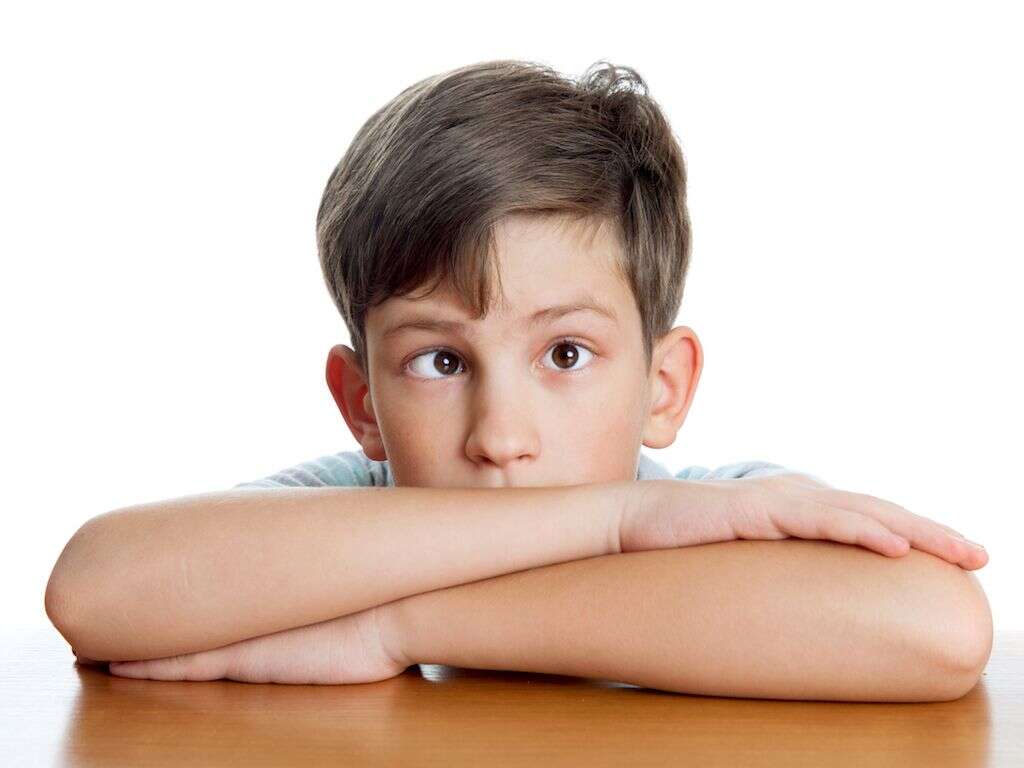
2. Causes of Lazy Eye
The symptoms of lazy eye are closely associated with the underlying cause. Generally, there are three underlying causes of lazy eye. The first one is strabismic amblyopia whereby the patient has poorly aligned eyes.
In this case, to avoid having double vision, the brain does not include the visual input from this eye, which leads to amblyopia or lazy eye.
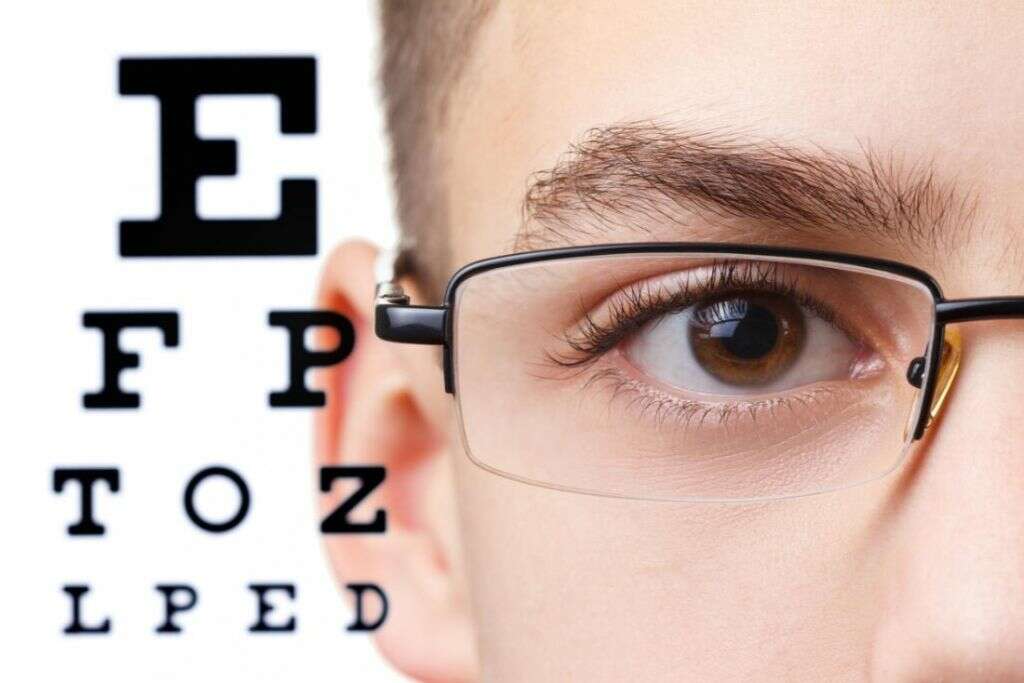
3. Refractive Errors
The second type is the refractive amblyopia. If there are unequal refractive errors in both eyes, amblyopia occurs. For example, if one has farsightedness and the other does not, it may lead to amblyopia. The brain ignores the visual input of the more uncorrected refractive error and depends on the other, less uncorrected eye.
Another possible cause of lazy eye is deprivation amblyopia in which something such as a congenital cataract is obstructing light from entering the infants eye.
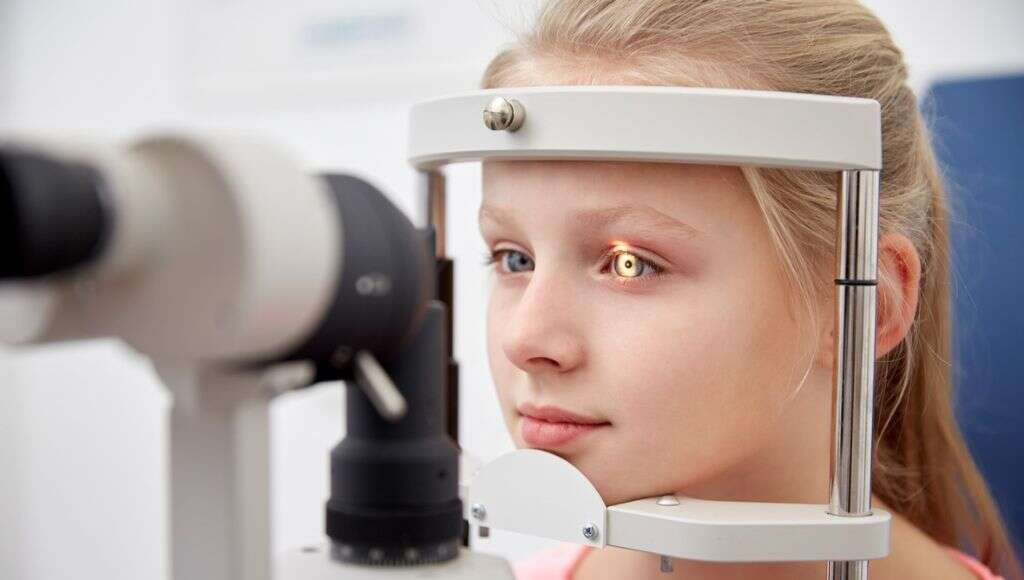
4. Other Conditions Associated with Lazy Eye
Most people and children who have amblyopia complain about many other eye problems. Eyestrain is the most common chronic condition associated with amblyopia. It is common in children in their first school years due to the constant reading and sitting in front of computers. The blurring of vision is also associated with amblyopia and eyestrain.
If your child complains of eyestrain, schedule an appointment to get their eyes checked. Headaches are common in children with amblyopia. The constant blurring of vision and ignorance of the one eyes vision by the brain leads to terrible headaches. Red eyes, a condition in which the eyes appear bloodshot or pink, is also associated with amblyopia.
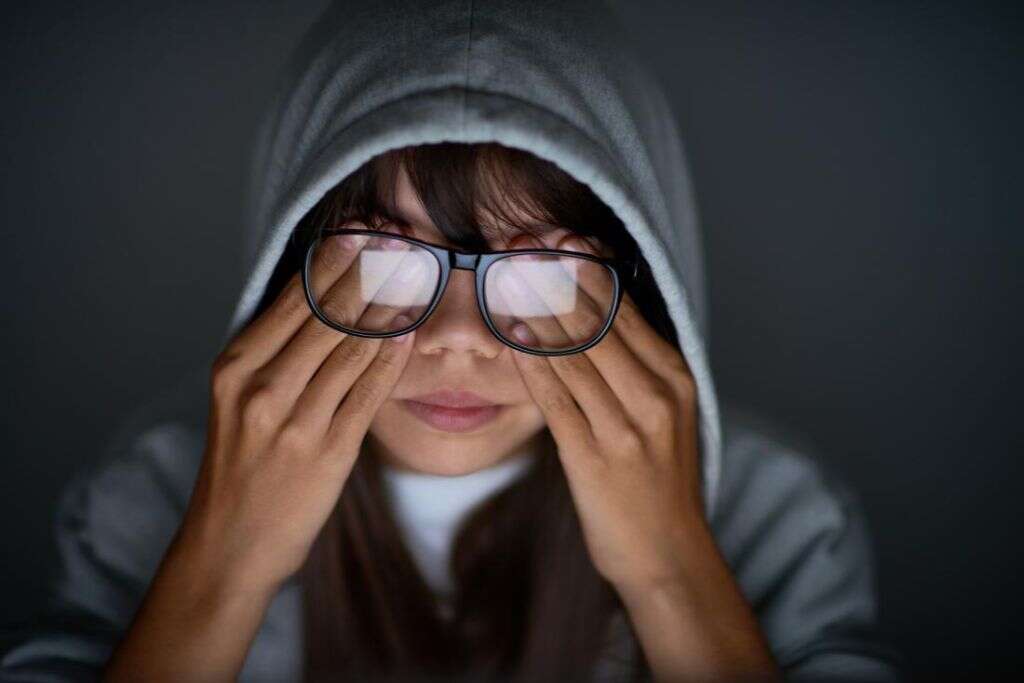
5. Complications of Lazy Eye
Squinting is one of the main complications of amblyopia. If the squint is ignored, it may lead to permanent sight loss. Another complication of amblyopia is the unequal sight between the two eyes that may progress if the condition is left untreated.
The daily activities of your child such as writing and reading will be affected. Additionally, the condition may prevent the child from certain activities in the future, such as driving, and using devices such as computers and smartphones.
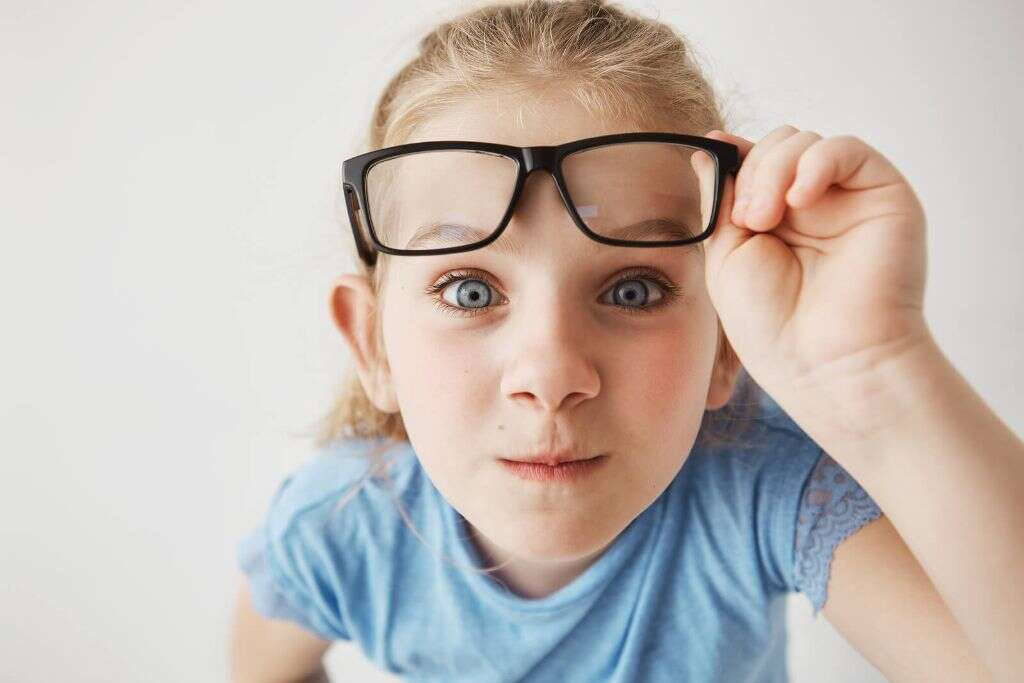
6. Disease Process
Amblyopia is a developmental problem and, in most cases, there is no problem in the eyeball. The problem is usually in the brain, although in a few instances, organic problems may lead to amblyopia. A certain area of the brain is responsible for receiving images from both eyes.
If you have an amblyopic eye, this area receives a blurred image from the affected eye, and another clear image from the other eye. The brain ignores the blurred image and processes the clear image from the healthy eye, although it ordinarily requires both eyes to form a clear picture. If the condition remains uncorrected, the affected eye can end up losing sight.

7. Diet and Lifestyle Changes to Promote Eye Health
Amblyopia and other eye problems can benefit from diet and lifestyle changes significantly. Quitting smoking is one of the best things to do for you and your child’s eyes because it cuts out the irritation that smoking causes. Additionally, exercising regularly improves blood circulation, which has a positive impact on the eyes.
Too much fat and sugar have a negative effect on the eyes and can contribute to worsening of eye problems. On the other hand, when you eat healthy foods such as vegetables and fruits, you will be supporting the health of your eyes and overall body. Healthy fats such as omega-3 essential fatty acids found in fish and walnuts are also recommended. Also drink plenty of water to minimize eye irritation.

8. Diagnosis
You should get your child checked before joining school to make sure that nothing is blocking light from entering the eyes, and both eyes move properly and see equally. If there is a problem, or you suspect that there is a problem with your child’s vision, make an appointment immediately and visit an ophthalmologist for an examination.
Some doctors suggest getting an eye examination at the age of 6 months in order to discover any eye problems, especially amblyopia, as early as possible. The doctor will carry out a physical examination of the eyes and any necessary tests to determine if your child has a lazy eye or any other vision problem. If your family has a history of amblyopia, your child has a higher chance of getting it. You should, therefore, have them tested as early as possible. In case your child has a lazy eye, discuss with the doctor about the best treatment plan for your child.

9. Treatment
Treating amblyopia depends mainly on resolving the underlying cause so that the eyes can work properly. The earlier the treatment is given, the better the results. If you discovered the condition late, there is still a chance of recovery with proper treatment. The first line of treatment is corrective glasses or contact lenses for nearsightedness, farsightedness, or astigmatism. Eye patches can also strengthen the weaker eye.
The patch is worn for 1 to 2 hours per day depending on the severity of the condition in order to improve the development of the brain area controlling vision. Some eye drops may also be used to strengthen the eyes, as an alternative to eye patches. If amblyopia is due to crossed eyes, surgical intervention on the eye muscles may be the optimal solution.

10. Long-Term Outlook
Early diagnosis and proper treatment are the best options for children to preserve their vision. Amblyopia is difficult to treat once the child is older than 9 years. That is why it is very important to examine your child’s eyes as early as possible. Follow the treatment plan as directed, and discuss with the doctor the best practices to improve the strength of your child’s eyes.
Most kids do not like eye patches even if they make them look funny and adorable. Therefore, discuss with your doctor to find out if atropine drops can be used instead. In general, lazy eye can be treated and the patient can lead a normal life.
